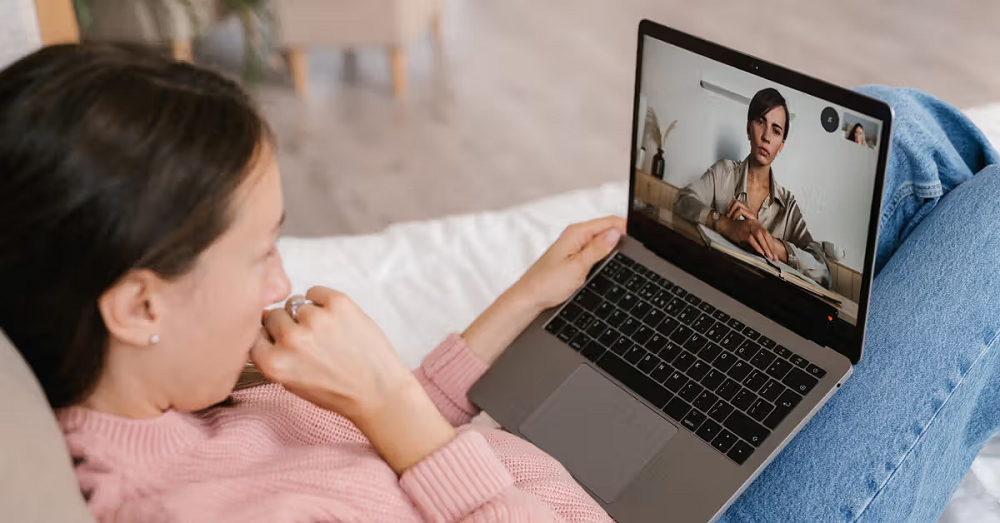Modern healthcare delivery has transformed through digital platforms that connect patients with medical professionals remotely. The success of virtual appointments depends on structured approaches that ensure comprehensive patient care. Medical practitioners must adapt their traditional consultation methods to accommodate digital limitations while maintaining diagnostic accuracy, NextClinic represent this evolution in healthcare accessibility by bridging the gap between in-person and virtual care.
Pre-consultation preparation methods
- Effective virtual consultations begin well before the scheduled appointment time. Healthcare providers review patient medical histories, previous test results, and current medications to establish context for the upcoming session.
- Digital platforms allow practitioners to access electronic health records seamlessly, ensuring continuity of care across multiple visits. Technology setup verification becomes crucial for a smooth consultation flow.
- Stable internet connectivity is essential for a smooth telehealth consultation, so connection checks are performed beforehand. Backup communication methods remain available should primary systems experience difficulties.
Creating optimal consultation environments
- Proper lighting placement enhances visual assessment capabilities during virtual examinations
- Quiet, private spaces protect patient confidentiality and reduce distractions
- Professional backgrounds maintain appropriate doctor-patient relationship boundaries
- Camera positioning at eye level facilitates natural conversation flow
- Clear audio equipment ensures accurate communication between both parties
The physical environment directly impacts consultation quality and patient comfort levels. Healthcare providers arrange their workspace to mirror traditional office settings while accommodating digital requirements.
Patient communication strategies
- Online doctors develop specialised communication techniques that compensate for reduced physical presence during virtual consultations. Clear verbal instructions replace physical demonstrations, while visual aids help explain complex medical concepts through screen-sharing capabilities.
- Active listening becomes more intentional when practitioners cannot rely on subtle physical cues. Medical professionals ask specific questions to gather comprehensive symptom information and encourage patients to describe their conditions in detail. This approach ensures thorough assessment despite distance limitations.
- Documentation practices adapt to digital formats, with real-time note-taking visible to patients when appropriate. Transparency in record-keeping builds trust and allows patients to participate actively in their healthcare management.
Assessment techniques
- Visual inspection protocols guide patients through self-examination procedures
- Verbal instruction sequences help patients perform basic physical assessments
- Family member assistance expands examination possibilities when additional hands are needed
- Digital measurement tools enable patients to provide vital signs accurately
- Follow-up scheduling ensures continuity of care when in-person visits become necessary
Remote physical assessments require creative approaches that maintain diagnostic standards. Healthcare providers guide patients through systematic examinations, ensuring comprehensive evaluation despite physical separation.
Technology integration
Digital prescription systems streamline medication management, allowing immediate transmission to preferred pharmacies. Electronic communication channels facilitate ongoing patient monitoring between scheduled appointments, creating continuous care relationships. Secure messaging platforms enable patients to share additional information, photos, or concerns that arise after consultations. Healthcare providers establish clear response timeframes and emergency contact procedures for urgent situations requiring immediate attention.
Consultation documentation integrates seamlessly with existing electronic health records, maintaining comprehensive patient histories across multiple healthcare providers. Standardised note-taking templates ensure consistent information capture while reducing the administrative burden on medical staff. Effective virtual consultations require deliberate preparation, appropriate technology use, and adapted communication strategies. Healthcare providers who master these elements deliver quality patient care that rivals traditional in-person visits while expanding access to medical services for diverse patient populations.






